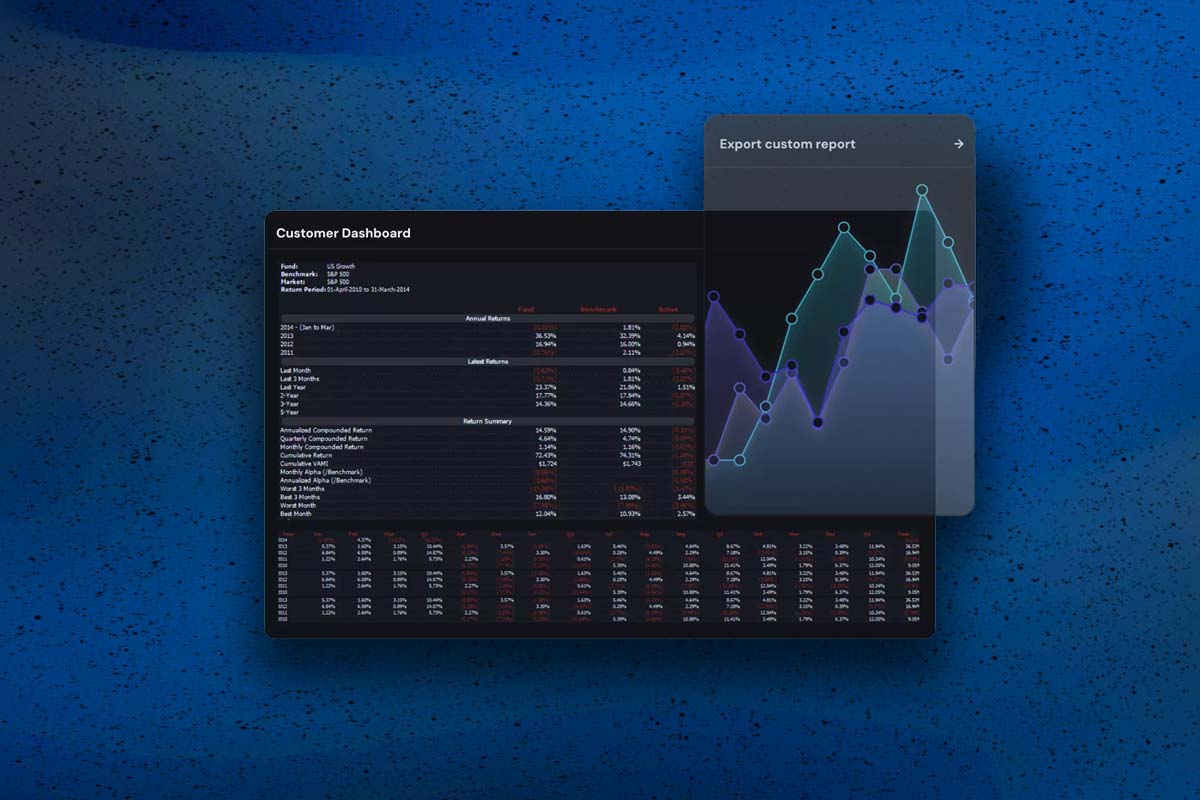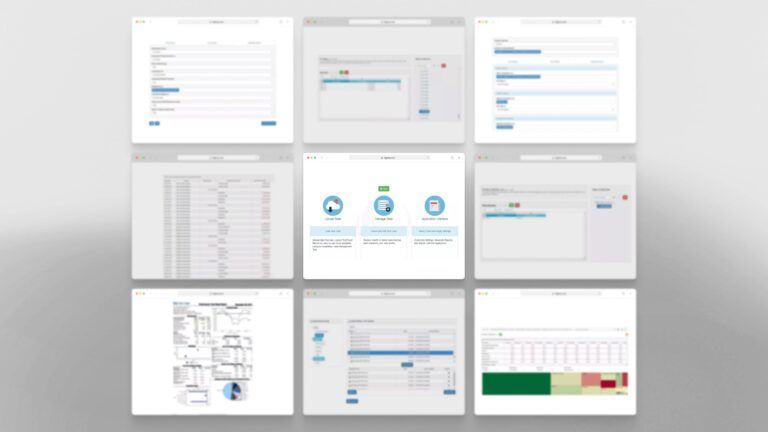A bi-weekly challenge from Andre Mirabelli & Opturo
If you use “Purchases in the Basis Dietz”, how do you approach the following scenario?
The cash in a portfolio starts the day with a small gain and then the portfolio uses all of the starting cash and half of that small cash gain (“sells cash”) to purchase a non-cash instrument. Thus, nothing ever goes short.
If, as many suggest, one uses a “purchases at open and sales at close” Dietz calculation for the trade-inclusive return of a component of a portfolio on a single day, in order to keep non-cash returns reasonable in the presence of large sales, how should one calculate the weight and return of cash so that weights still sum to one and the returns of all holdings roll up appropriately to the portfolio return, without having an actual gain in cash being described by an unreasonably large negative cash return? To avoid this problem, would it be OK if the returns of un-traded holdings change just because other items in the portfolio are traded?


